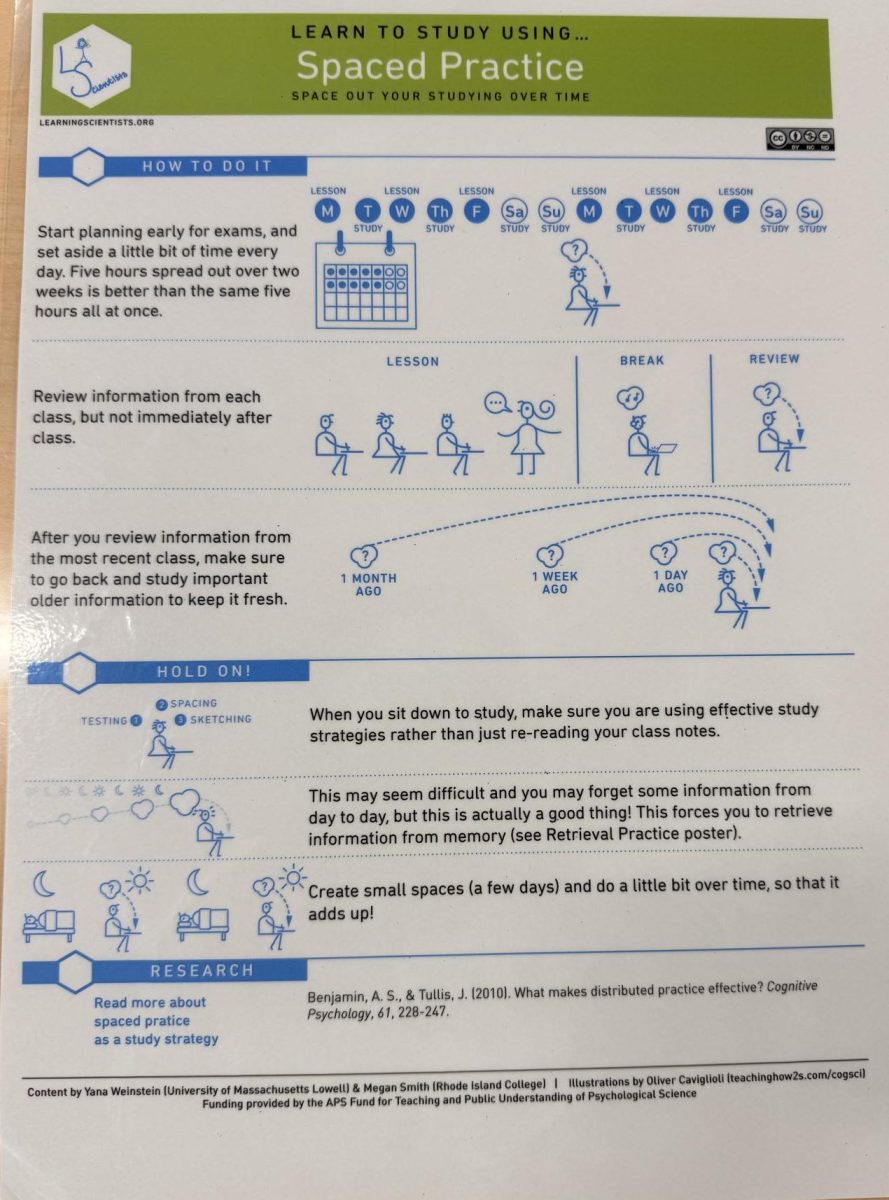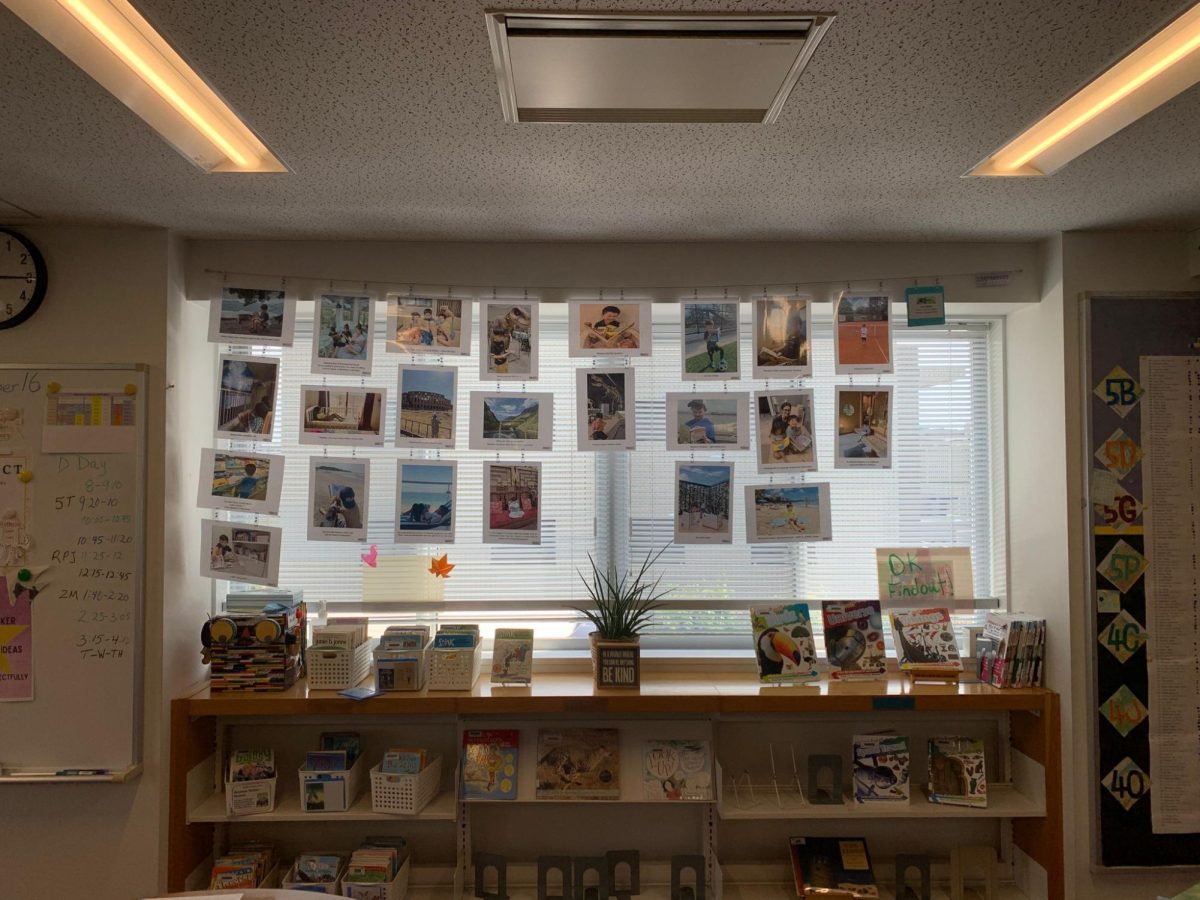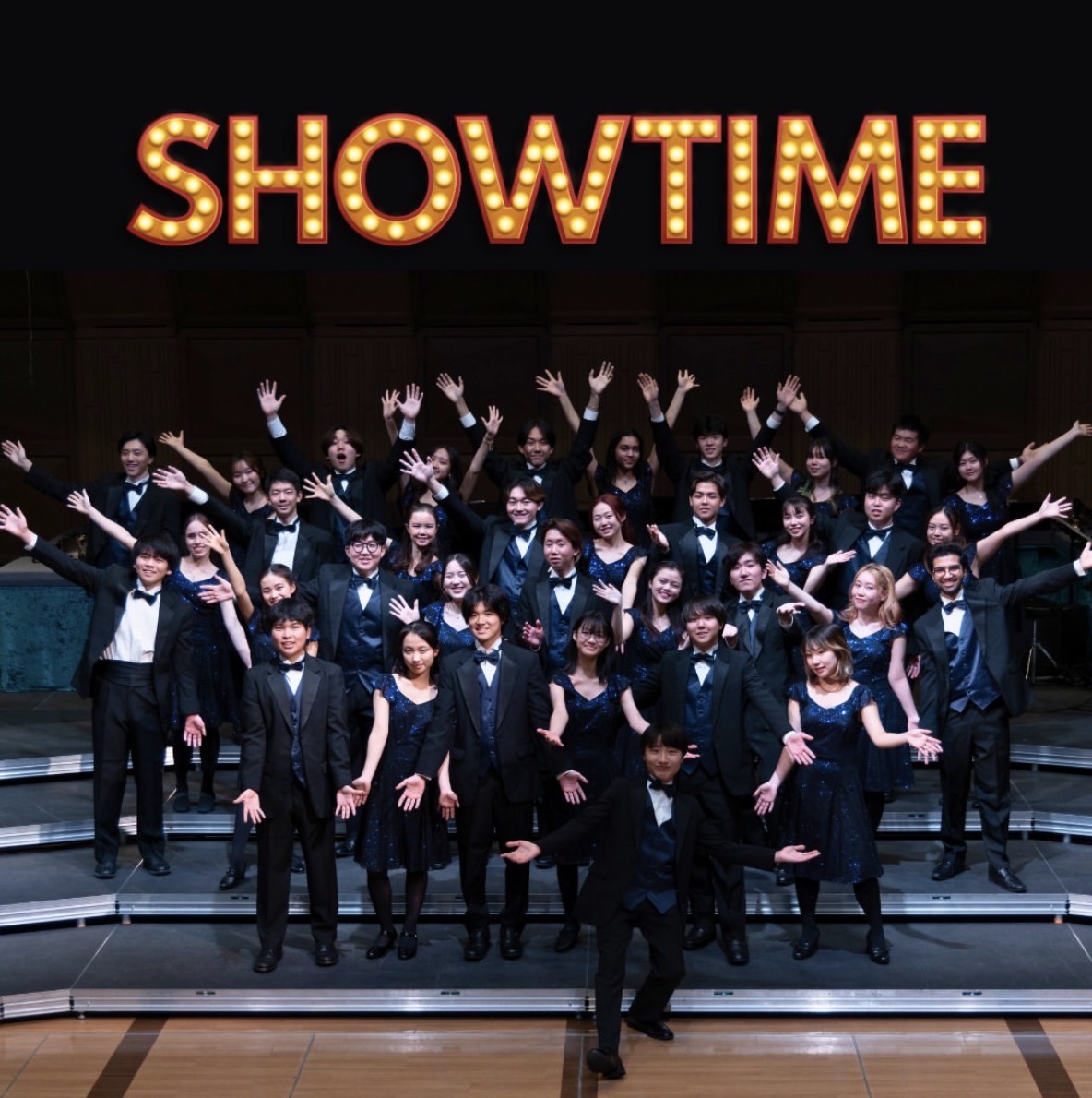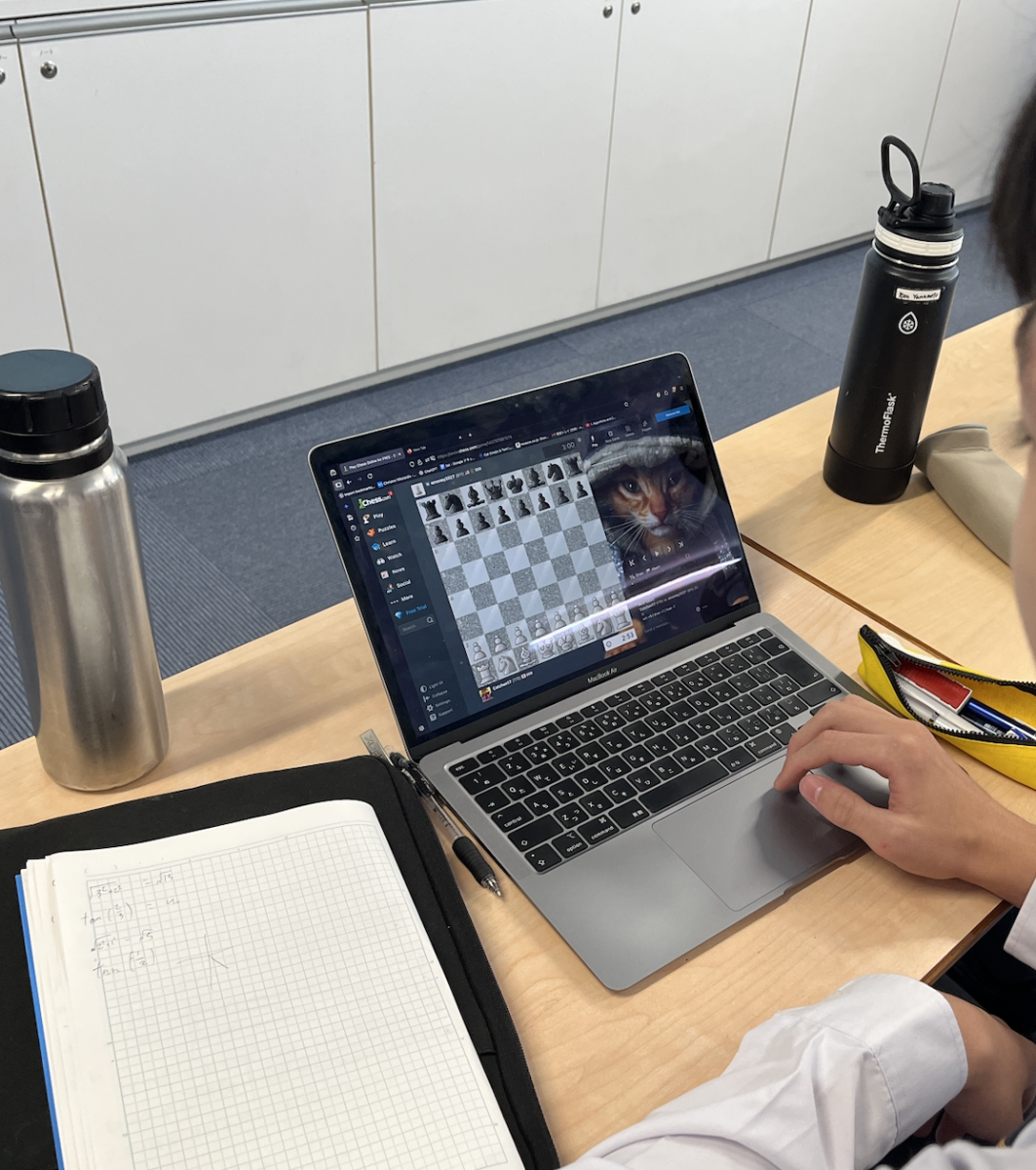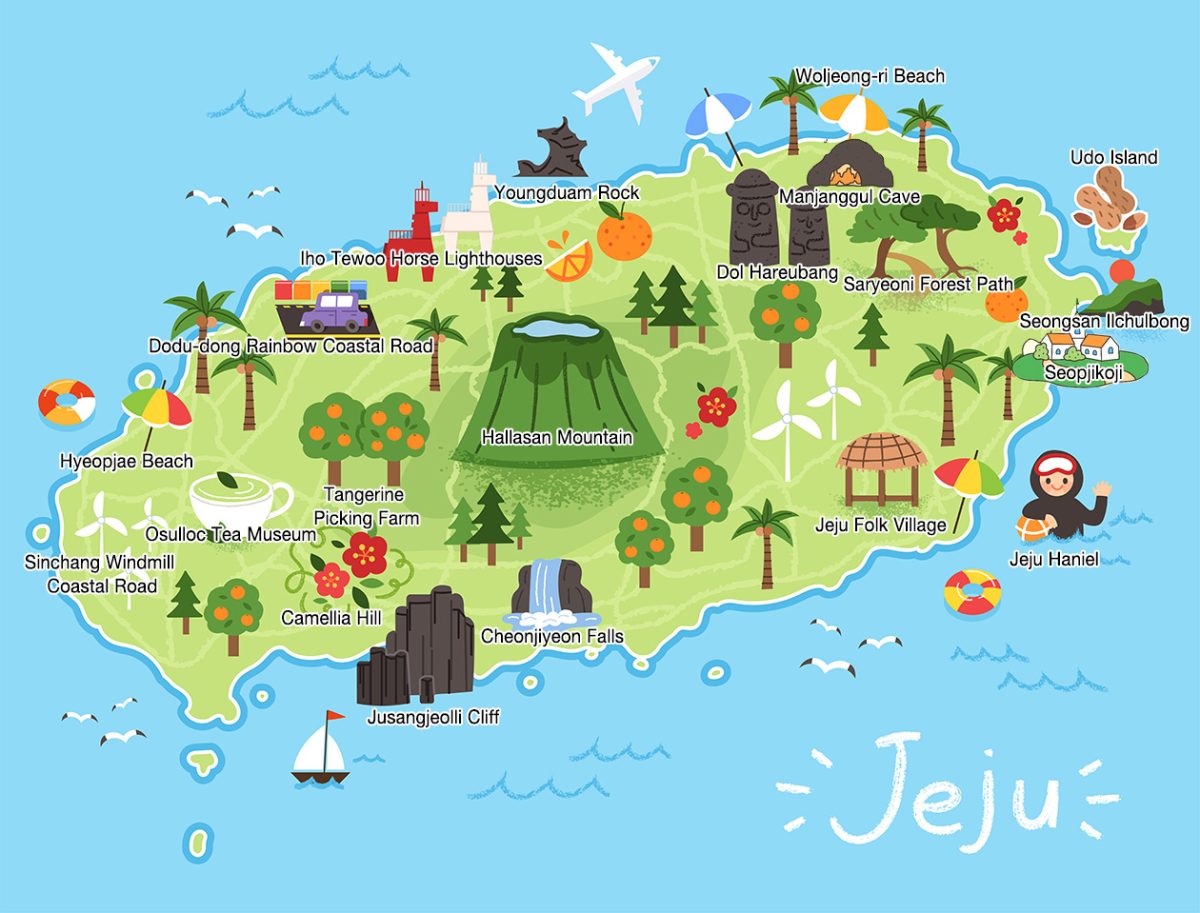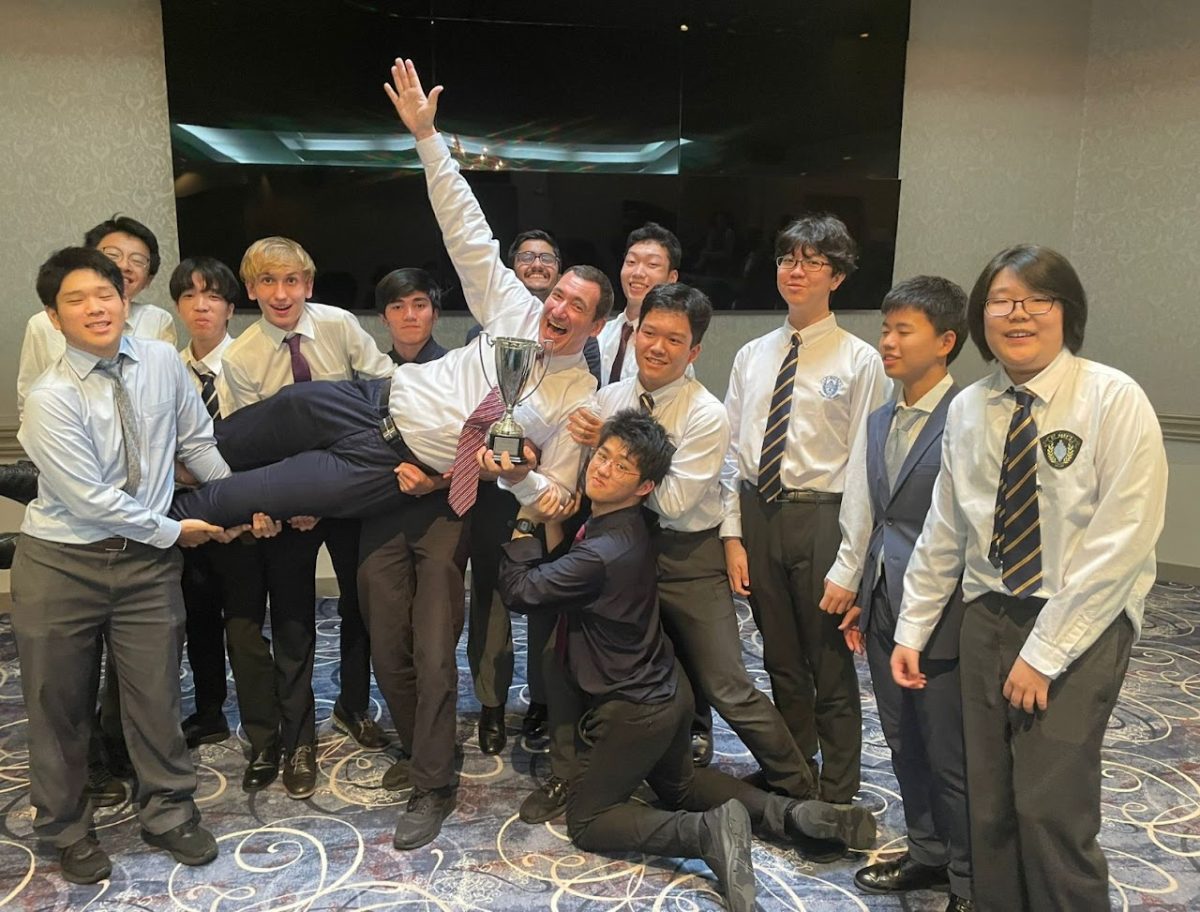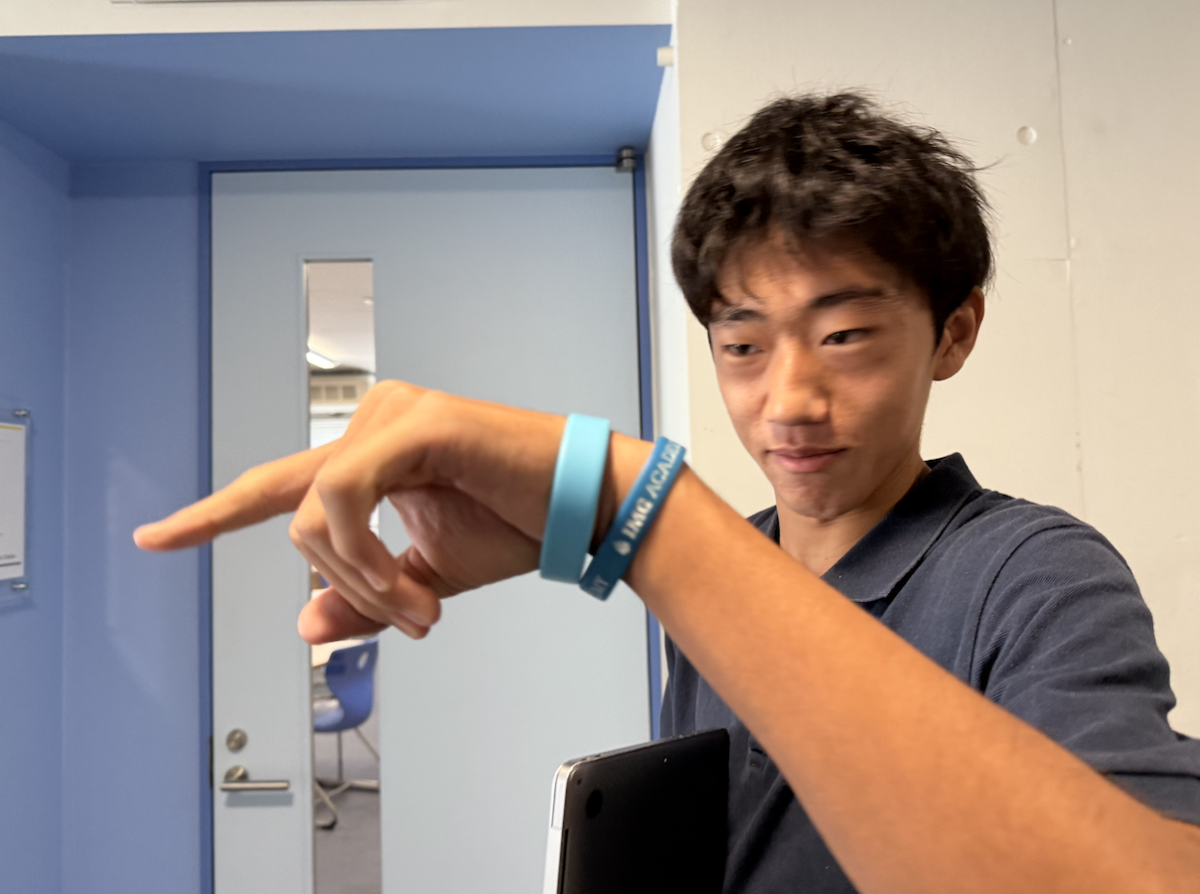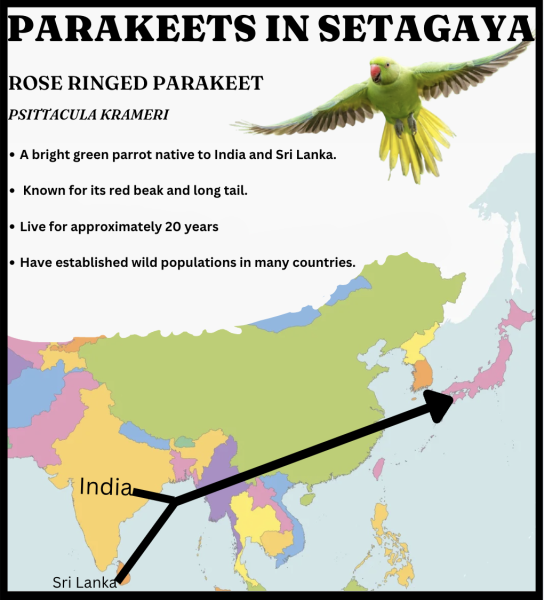
When walking to school, you’ve probably seen colorful green birds enjoying their daily snack in the elementary school garden. These birds are the Rose Ringed Parakeets.
Known as Psittacula krameri, Rose-ringed parakeets belong to the parrot species and are originally native to North and Central Africa, as well as Asian countries. These parakeets were first introduced to Japan during the sixties when exotic pets became very popular and were seen around many pet shops. During the 1960s, exotic pets became very popular, and many people purchased these parakeets from pet shops. Many of these individuals either escaped or were intentionally released, building up the population we see today. Urban regions like Setagaya provide an ideal habitat for these parakeets due to the presence of large parks and ample food sources, coupled with a lack of predators that are typically found in their natural environments. At St. Mary’s, there seems to be an abundance of these birds, suggesting a reliable food source or a possible breeding site.”
— Sora M (’29)
The parakeets are herbivores and feed on seeds, fruits, vegetables, grains, and insects. With a length of around 38-42 centimeters and a mass of around 95-140 grams, these parakeets are classified as medium-sized birds. Their vivid green color allows them to blend into trees and vegetation during the day. Only male parakeets have vivid red rings, which appear at maturity, usually around the age of three.
The parakeets breed from around December to January and lay two to four eggs from around February and March. The female incubates the eggs for about three weeks and takes care of the baby for up to two years until they reach maturity. They can live for up to 30 years, allowing them to reproduce and breed yearly. The Parakeets are highly intelligent and are capable of learning and adapting to a new environment, which is why the Parakeets have been coming to this school for years.
The Rose-ringed parakeets are brilliant and long-living animals. They are a unique symbol to this school, and they’ve seen many generations of students coming and going to school, let’s be thankful for the joy they bring to the community!



